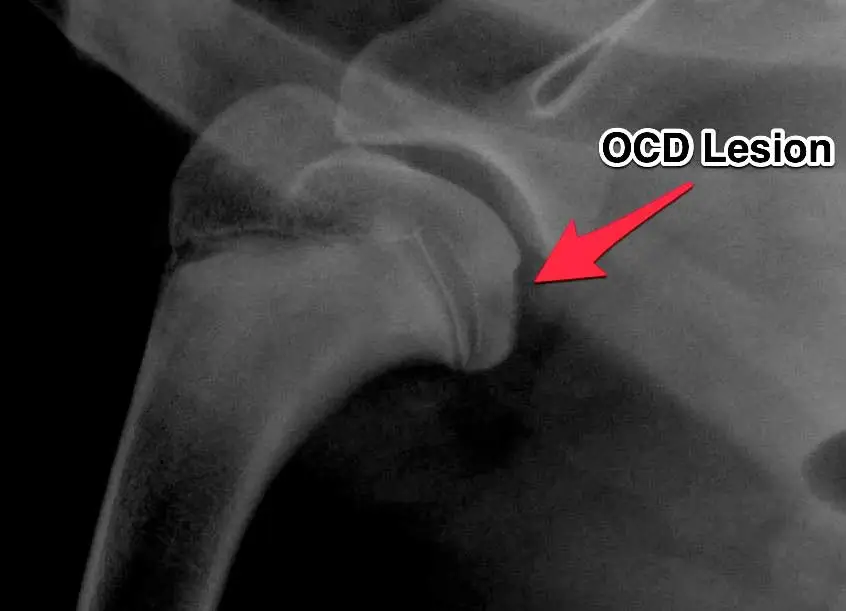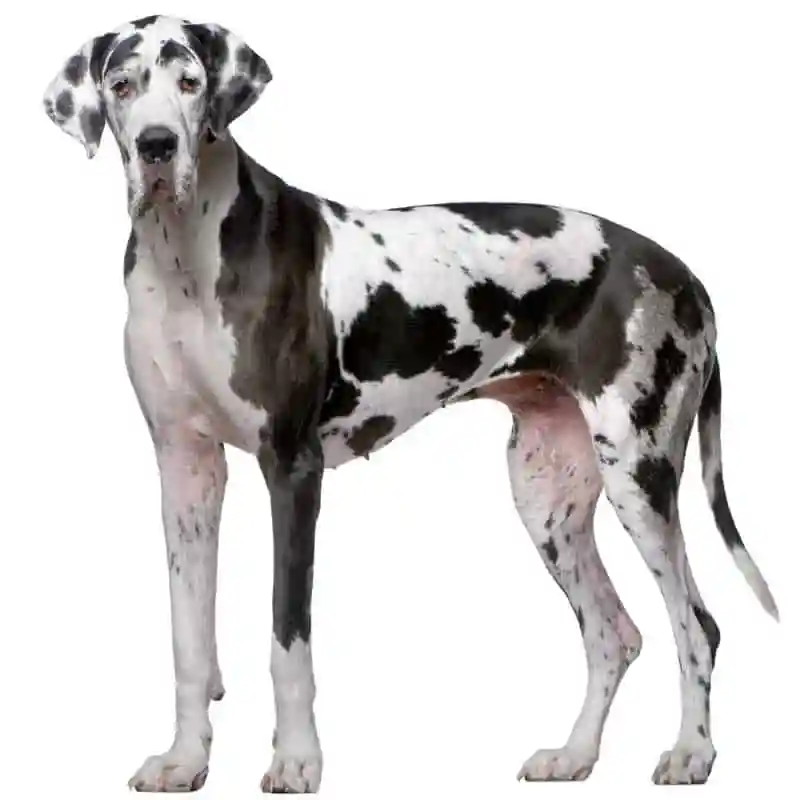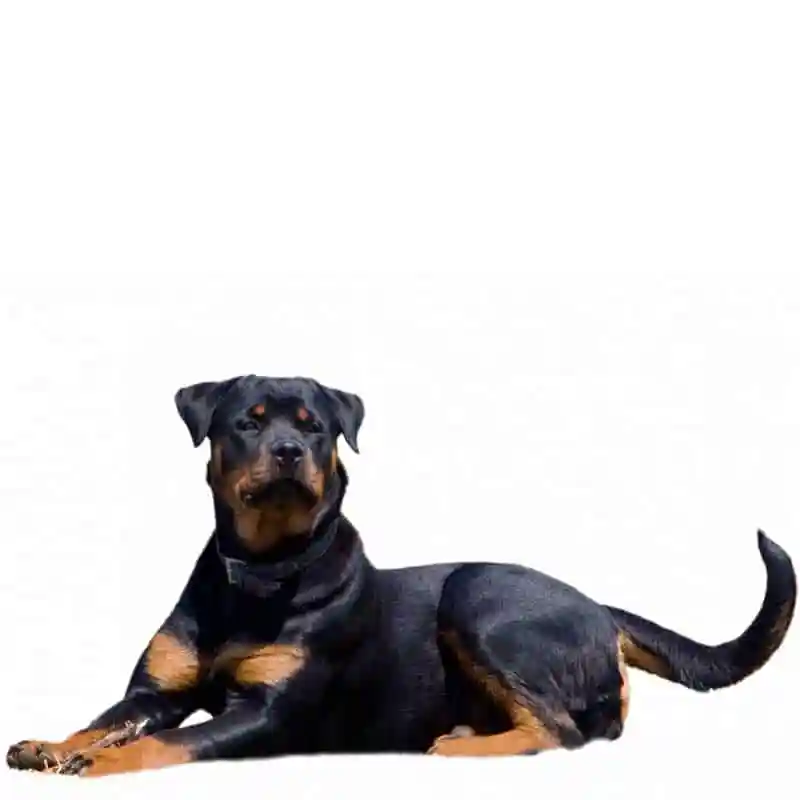OCD affects young, large-breed dogs and causes lameness of the affected fore limb. OCD is a condition in which a piece of cartilage becomes partially or fully detached from the surface of the joint. Sometimes the cartilage flap becomes detached from its bed and falls into a pocket of the joint (called the cul de sac of the shoulder). These loose fragments can cause inflammation of the lining of the joint and cause pain. Occasionally a fragment of the OCD flap will migrate down the sheath of the biceps tendon (which communicates with the shoulder joint) and causes inflammation of the tendon’s sheath called biceps tenosynovitis. For this reason, surgery should not be delayed.
About 50% of the dogs have osteochondrosis of both shoulders. Dogs usually have a lameness of only one of the limbs, even if both shoulders have a visible osteochondrosis lesion as seen on radiographs. Sometimes the lameness will shift from one leg to the other.

Darryl L. Millis, MS, DVM, DACVS, DACVSMR, CCRP
Professor of Orthopedic Surgery & Director of Surgical Service
Robin Downing, DVM, MS, DAAPM, DACVSMR, CVPP, CCRP
Diplomate of the American Academy of Pain Management, is a a founder and past-president of the International Veterinary Academy of Pain Management.
Janet B. Van Dyke, DVM
Diplomate American College of Veterinary Sports Medicine and Rehabilitation, CCRT, CEO
Ludovica Dragone, DVM, CCRP
Vice President of VEPRA, Veterinary European of Physical Therapy and Rehabilitation Association.
Andrea L. Henderson, DVM, CCRT, CCRP
Resident, Canine Sports Medicine and Rehabilitation
Steven M.Fox, MS, DVM, MBA, PhD
President Securos. Inc

Endochondral ossification is a normal bone growth process by which cartilage is replaced by bone in the early development of the fetus. Osteochondrosis is a pathological condition in which normal endochondral ossification, the metamorphoses of cartilage to bone, is disturbed. The disturbance is often due to a disruption in the blood supply to the bone. The result is retention of excessive cartilage at the site as the process of endochondral ossification is halted, but cartilage continues to grow. The end result is abnormally thick regions of cartilage that are less resistant to mechanical stress, as opposed to the stronger and denser bone.
Large and giant breeds, including great Danes, Labrador retrievers, Newfoundlands, rottweilers, Bernese mountain dogs, English setters, and old English sheepdogs are predisposed to this condition.
Causes
Most dogs with OC/OCD start to show clinical signs before they are 1 year old, although occasionally (particularly with shoulder OC) signs may present when your dog is older. The clinical signs are variable, and depend on the joint affected and the size of the cartilage defect. The most common signs include

You will need to give a thorough medical history of your dog’s health, onset of symptoms, and any information you have about your dog’s parentage. A complete blood profile will be conducted, including a chemical blood profile, a complete blood count, and a urinalysis. The results of these tests are often within normal ranges in affected animals, but they are necessary for preliminary assumptions of your dog’s overall health condition.
Your veterinarian will examine your dog thoroughly, paying special attention to the limbs that are troubling your dog. Radiography imaging is the best tool for diagnosis of this problem; your veterinarian will take several x-rays of the affected joints and bones to best discern any abnormalities. The radiographs may show details of lesions and abnormalities related to this disease. Computed tomography (CT-scan) and magnetic resonance imaging (MRI) are also valuable diagnostic tools for visualizing the extent of any internal lesions.
Your veterinarian will also take samples of fluid from the affected joints (synovial fluid) to confirm involvement of the joint and to rule out an infectious disease that may be the actual cause of the lameness. More advanced diagnostic and therapeutic tools like arthroscopy may also be used. Arthroscopy is a minimally invasive surgical procedure which allows for examination and sometime treatment of damage inside the joint. This procedure is performed using an arthroscope, a type of endoscope inserted into the joint through a small incision.
After establishing the diagnosis, your veterinarian will plan corrective surgery. Either arthroscopy or arthrotomy (surgical incision into the joint) techniques can be used to reach the area. Your veterinarian will presribe medicines to control pain and inflammation for a few days after surgery.
There are also some medicines that are available, and that are known to limit the cartilage damage and degeneration. Your doctor will explain your options to you based on the final diagnosis.
Conservative care for Shoulder Osteochondritis Dissecans (OCD) include physical therapy, use of non-steroidal anti-inflammatory drugs (NSAIDs), rest from sport for 6-8 weeks, and bracing.
Physiotherapy and rehabilitation allows conservative care for dogs diagnosed with Shoulder Osteochondritis Dissecans (OCD). Pet owners should be combining care with non-steroidal anti-inflammatory drugs (NSAIDs) or nutraceutical for inflammation management, resting from excessive activities for 6 to 8 weeks and support braces designed for supporting the shoulders and elbows.
Preventing any injury to the affected elbow is crucial. Our Physiotherapist will be aming to protect the lesions with off-loading elbow brace on a daily basis. The braces will protect the elbow from excessive ROM (Range of motion) preventing your pet from injuring themselves.
The ultimate goals of therapy are pain relief, improved function and slowing the development of arthritis.
Rehabilitation therapy including acupuncture, cryotherapy, hydrotherapy and gentle manual and therapeutic exercises can reduce traumatic forces on the joint, modulate inflammation, and ideally prevent the damaged cartilage from breaking off. Modalities such as Cold Laser, Shockwave therapy and PEMF have also been shown to assist with circulation, pain control and cartilage regeneration.
| Timeline | Physiotherapy Aims | Rehabilitation Therapy options |
|---|---|---|
| Week 0 to 2 | Reduce swelling and pain |
|
| Reduce muscular guarding and maintain soft tissue flexibility |
| |
| Allow limb loading as able |
| |
| Week 2 to 4 | Progress limb loading and gait re education |
|
| Increase muscle mass |
| |
| Maintain soft tissue length and flexibility |
| |
| Management at home |
| |
| Week 4 to 6 | Continue as above |
|
| ||
| Week 6 to 12 | Increase exercise tolerance | Increase exercise level, considering land and water based options. |
| Continue to increase core stability | Home exercise program considering land and water based exercises | |
| Week 12 onwards | Return to full function or establish deficits and advise regarding long term management. | Progress to off lead exercise and previous exercise level if appropriate. |